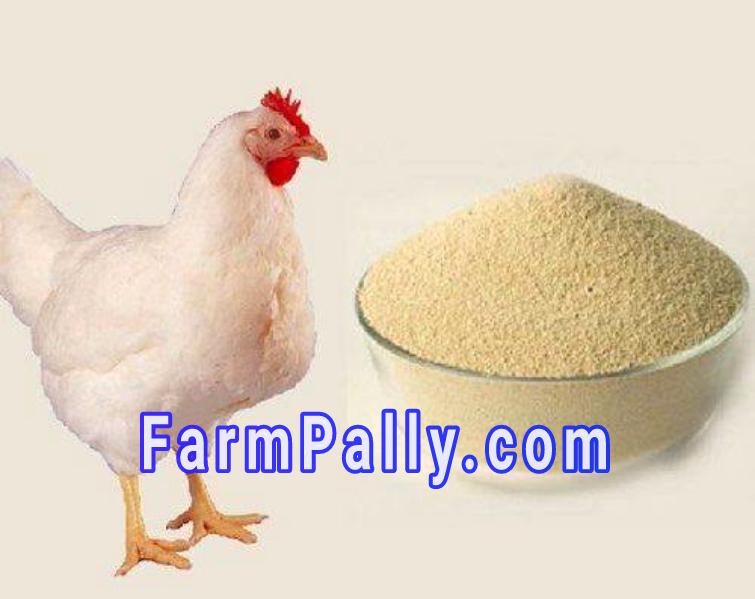FarmPally hints Strains of Chicken and Layer management

There are various strains of chicken available today in the market, according to farmpally poultry journal.
The broilers are mainly white while the layers have three major colours which are black, brown, and white.
The brown and black layers produce brown eggs while the white layers produce white eggs.
White layers
The white layers are yet to be widely accepted although some farmers keep them, Akin chaktty.
The white eggs are fewer and cheaper in the market compared to the brown eggs.
They are mostly light breeds
They are nervous
They require less feed to produce an egg
Their carcass value after the production cycle is very small which is about 2.0kg
They produce about 320-335 eggs in 76 weeks.
The black and brown layers
They are mostly heavy breeds
They are very docile
Their feed consumption is slightly higher
They produce about 316 eggs in 76 weeks
Their cockerels how faster than white cockerels
They are comparably hardier and can withstand tougher conditions of weather and diseases.
Their carcass value is more after the production cycle which is about 2.18kg
Performance indicators for layer
Laying house mortality - 12% a year
Age at 5% egg production - 147 days
Age at 50% egg production - 168 days
Hen production at peak - 187 days
Kg of feed for a dozen egg - 2.35kg
Egg weight - 59.5g
Average feed intake per hen per day 135-140
Management of Layers
How to recognize pullets coming to lay
Depending on the strain of the pullets, laying could start at 19 weeks of age for lighter strains and 22 weeks for heavier strains. the following characteristics could suggest that your chickens are about to commence laying.
Pullets start crackling, making noise
Wattles and combs become larger, brighter and reddish
Pullets start looking for laying nests.
Culling parameters for layers
The under-listed parameters can be used in differentiating the active layers from the poor layers that are to be culled. these include-
Post Your Ad Here
Comments